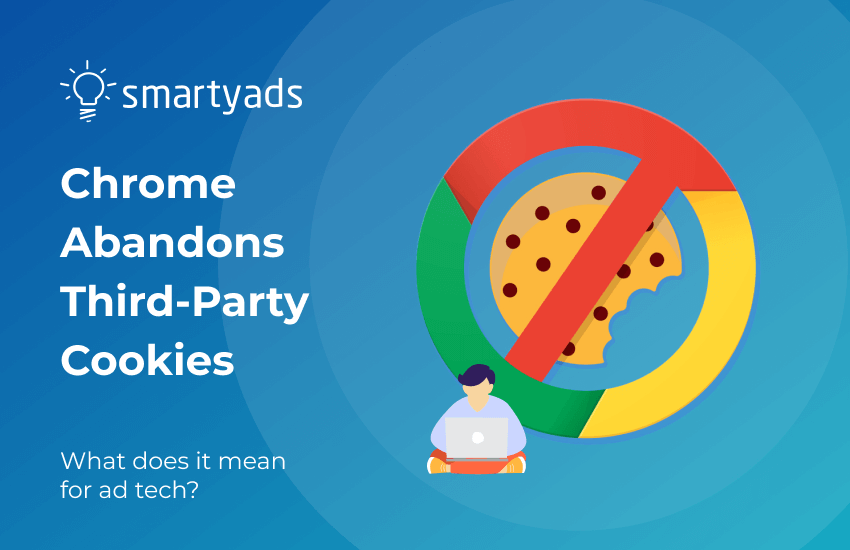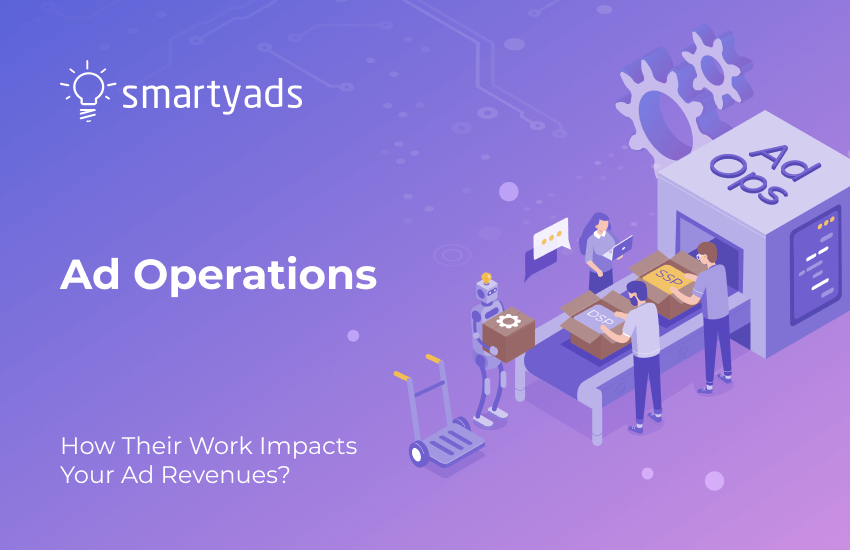Last week a big announcement from Google Chromium shook the industry. The talks around this plan have been around for some time already, but now the change is real - by 2022 Chrome browser will get rid of third-party cookies entirely. While this decision didn’t come as a surprise, two years from now is quite a short term for the whole industry to change so fundamentally.
Some other browsers have already abandoned third-party cookies. However, the difference here lies in the rebuilding of the entire system. In the same announcement, Google also promised to present a set of innovative solutions that would take up the same role but also give users more privacy.
Now that the news is official and some additional details have become available, let us take a closer look at how it will work in the future and uncover the implications of such a policy for advertisers, publishers and the industry in general.
Why did this happen and how it will work
For the last 20 years, cookies have been a fundamental element for digital advertising, as they allow us to target, track and measure ads based on user data. At the same time, such practices raise a concern about user privacy, as cookies are also a huge and powerful source of personal data. Until recently, users, who are basically the creators of this data, had no control over how this data is processed or who can access it. Now that GDPR and CCPA regulation standards have been introduced, users from the EU and California state have gained some power over their information and the trend has been fueled up, catching the attention of ad tech giants.
Although the worldwide browser market practically belongs to Google Chrome (63.6% is Chrome’s market share as for December 2019), third-party cookies still play a major role in their marketing activities and the loss of this technology can hit hard even such a giant. To prevent this, Google Privacy Sandbox will be developed and introduced as a privacy-friendly alternative to third-party cookies. It includes several concepts that would give browsers more control over data and will make outside companies deal with API before getting information for measurements and personalization. For now, the technology is in the phase of development and Google welcomes suggestions from different parts of the digital advertising ecosystem.
Impact on advertisers
The upcoming change poses the biggest challenge to the advertisers, as it will significantly affect almost every step of the programmatic media trading process. Third-party cookies are currently an indispensable part of the targeting, measurement, and reporting, so now is a time to plan ahead. Another important issue is the transfer of information across platforms which may impact cross-channel strategies. So what should one consider and how will it affect the process of buying via DSPs?
One of the most promising opportunities lies in the first-party data or closer collaboration with publishers. Many brands have already begun to develop new strategies to obtain user information via direct-to-consumer campaigns or other valuable offers. Others can get this information by developing new content strategies or changing user experience to create stronger digital connections with customers. This data can then be accumulated and stored in customer data platforms and used for targeting campaigns.
However, planning for the future gets even more uncertain since it is not yet known what kinds of identification and attribution will be allowed by Chrome. Some experts even suggest returning to panels and surveys, while others hope that browser IDs will remain available for visitors’ recognition. Either way, the upcoming changes will certainly encourage marketers to consolidate and rely more on programmatic direct deals. By using direct deals, advertisers can avoid relying on cookies but still effectively segment and target interested users with the help of contextual targeting.
Impact on publishers
The situation looks slightly better for publishers since they often have logged-in user bases and have more opportunities for targeting. Contextual targeting is likely to gain more importance and traffic without login will become less valuable. Both systems will become more refined and programmatic advertising will have to adapt to the new distribution of power. The change will also remain relatively unnoticed by mobile apps, so this sector is likely to remain unaffected.
At the same time, local news organizations, as well as multiple domain owners, are likely to lose here. The thing is that first-party data is not bound by a company that owns it, but by a single domain, so cross-channel actions will become much more complicated and the value of such data is likely to drop. As with advertisers, the new changes are likely to cause consolidation and lead to the creation of walled gardens, leaving many small independent companies far behind. So we can see that there is still much work to do in order to create new fair standards for supply-side platforms. The voice of the publisher’s community will be crucial for this process development.
To conclude
The only certain thing about cookies dismissal is that there is a lot of uncertainty for everyone. And the main problem is not even the users’ safety and privacy. The thing is that huge players like Google and Apple will face no problems with advertising, for they already have all the necessary data.
Small and independent companies, that usually lead the innovation, can now have a hard time, as targeting is going to become big corporations’ prerogative. The main task now for the ad tech industry is to come up with an identification method available for everyone. When IAB develops a solution to collect and share information voluntarily provided by users - both advertisers and publishers would win and this time user privacy will be protected as well.
At SmartyAds, we believe that each side of the media buying process deserves an opportunity to get benefits without affecting user privacy. Our demand-side platform can be used to create lots of customizable ad campaigns and access direct deals with publishers. Our supply-side platform can sell the publisher’s inventory at the best price through the best direct, PMP, and RTB deals as well.




